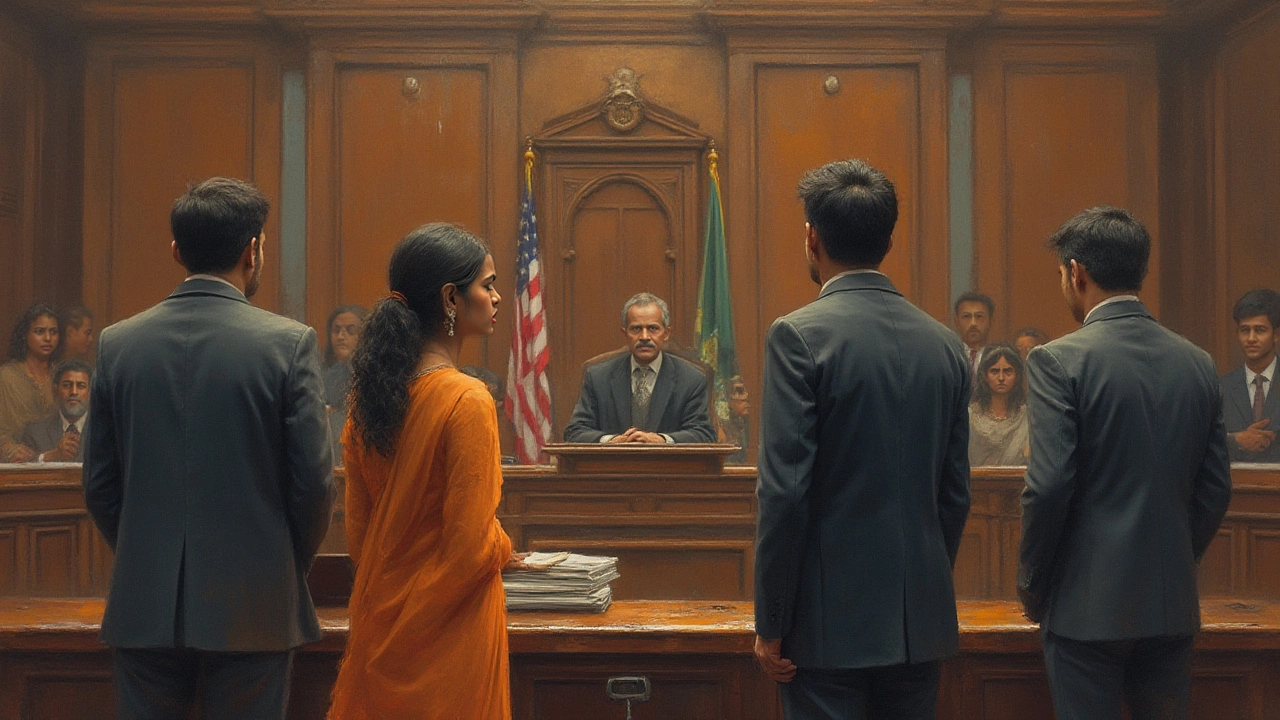Contested Divorce Process in India: What You Need to Know
If you’re staring at a contested divorce, the first thing to remember is that it’s a marathon, not a sprint. Unlike a mutual consent divorce, both sides disagree on something—usually assets, alimony, or child custody. That disagreement means you’ll be dealing with the court more, filing more papers, and spending more time preparing your case. Below is a straight‑forward road‑map that walks you through each stage, the typical timeline, and the documents you’ll need.
Key Stages of a Contested Divorce
1. Filing the petition. One spouse (the petitioner) files a divorce petition in the family court where the marriage was registered or where the couple last lived together. The petition must include basic details—names, marriage date, grounds for divorce (like cruelty, desertion, or adultery), and the relief sought (custody, maintenance, property division).
2. Service of notice. The court serves a copy of the petition to the other spouse (the respondent). This is a legal requirement; you cannot skip it. The respondent gets a set period—usually 30 days—to file an answer.
3. Answer and counter‑claim. The respondent files an answer, either admitting or denying the allegations. They can also raise a counter‑claim for their own relief, which adds another layer of negotiation.
4. Interim relief. Either party can ask the court for temporary orders—like maintenance, child support, or a restraining order—while the case is ongoing. The court may grant these without a full hearing if it sees an urgent need.
5. Evidence collection. Both sides gather documents, witness statements, and any other proof to back their claims. Common evidence includes bank statements, property records, school certificates for children, medical reports, and photographs.
6. Examination of witnesses. The court summons witnesses for cross‑examination. This can be the most stressful part, but being well‑prepared with a clear timeline and concise answers helps a lot.
7. Final hearing and decree. After all evidence is reviewed, the judge delivers a judgment. If the decision is in your favor, the court issues a divorce decree that outlines the division of assets, custody arrangements, and any alimony.
The whole process can take anywhere from 9 months to 3 years, depending on the complexity of the issues and the court’s backlog. Staying organized and meeting every deadline reduces unnecessary delays.
Common Pitfalls & How to Avoid Them
Missing deadlines. Courts are strict about filing dates. One missed deadline can push the case back months. Use a calendar or a legal tracker to note every filing date.
Incomplete documentation. In contested cases, the court expects solid proof. Incomplete bank statements, missing property papers, or vague custody plans often lead to adjournments. Double‑check every document before you submit it.
Emotional outbursts in court. Judges see through drama. Staying calm, answering only what’s asked, and not interrupting the opposite party keeps you looking credible.
Skipping mediation. Some family courts require a mandatory mediation session before the final hearing. If you ignore it, the court may reject your petition. Attend the session, even if you think the other side won’t cooperate.
Ignoring legal advice. Many people try to handle a contested divorce on their own to save money. While DIY is tempting, a family law attorney can spot procedural hiccups you might miss and can draft stronger arguments.
In short, a contested divorce demands patience, paperwork, and a clear strategy. Keep your records tidy, meet every deadline, and consider professional help for the best chance of a smooth outcome.

One-Sided Divorce in India: Process, Rights & Legal Tips in 2025
Thinking of a one-sided divorce in India? Learn the truth about contested divorce, the latest procedure, rights, timelines, and must-know legal tips for 2025.